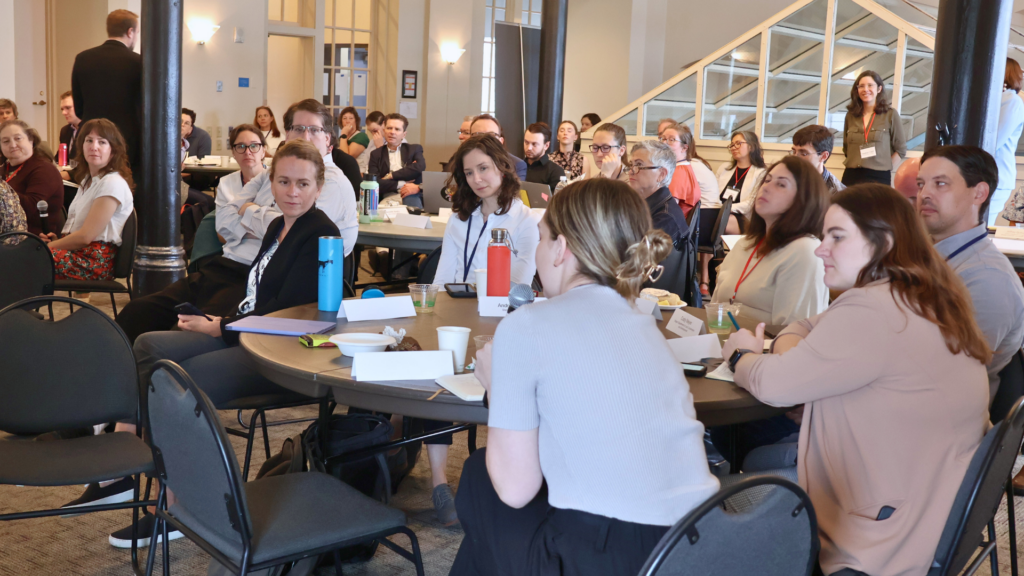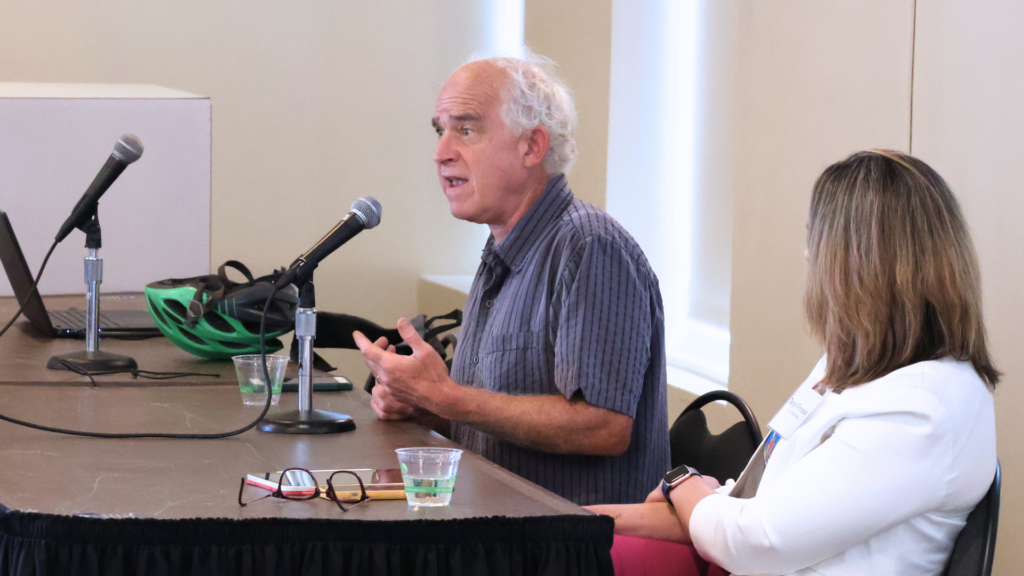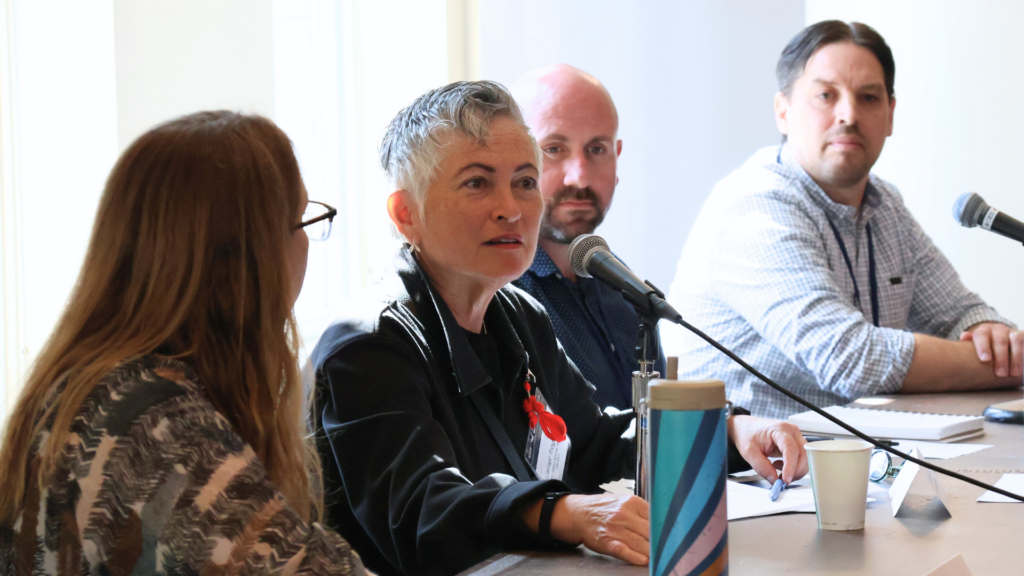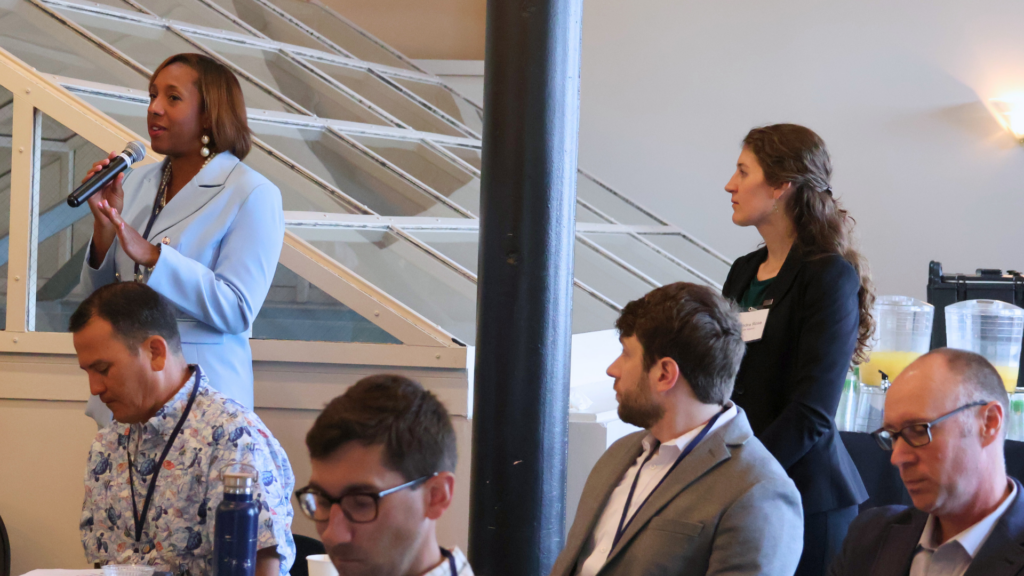Land use planning — how lands are used and managed — can be a critical tool for states and territories to slash greenhouse gas (GHG) emissions and better prevent, reduce, withstand, and recover from climate-related impacts. It is, by nature, cross-cutting — land use planning informs and affects decarbonization efforts and long-term climate resilience across nearly every economic sector, from transportation to energy to buildings, to the resilience of natural and working lands.
Importantly, integrating climate considerations in land use planning strengthens the well-being of communities and ecosystems — among the many co-benefits are improvements to housing affordability, job accessibility, clean energy siting, clean drinking water, flood and coastal zone management, reduced wildfire risk exposure, access to open space and recreational opportunities, and an increased focus on equity.
To continue to reduce emissions and maximize these co-benefits, this Learning Lab brought together teams of state and territory officials and experts from research and civil society across planning, transportation, energy, and natural and working lands sectors to advance shared goals around managing lands, supporting climate resilience goals, and making progress towards net-zero targets.




Over two days, nearly 70 participants convened in Denver, Colorado and shared examples of innovative state-level approaches that leverage land use planning and land management as a climate strategy.
This included panel sessions and breakout discussions on a wide range of topics within the climate and land use planning space, as well as keynote remarks from Will Toor, Executive Director of the Colorado Energy Office. Sessions focused on potential land use approaches to achieve key climate policy goals as well as approaches for states and territories to support key partners such as municipalities and regional and tribal governments in land use reform.
Earlier this year, the Alliance released a new resource — Climate and Land Use Planning, A Policy Guide for U.S. States and Territories — to help states and territories better understand how to use and manage lands in ways that reduce climate pollution and build greater resilience to climate impacts. Given the complex and interdisciplinary nature of land use policy, the guide highlights three foundational principles for climate-aligned land use planning by states and illustrates how effective land use planning strengthens the well-being of communities and ecosystems in addition to addressing climate change.
Alliance National Learning Labs bring together states and territories to dive deep into pressing topics across the Alliance’s 10 Policy Priorities. Learn about our previous Natural & Working Lands 2023 National Learning Lab, Learning Lab on Methane Monitoring and Mitigation Technologies, Learning Lab on Accelerating Progress in Climate Smart Agriculture and Forestry, and Learning Lab on Quantifying Greenhouse Gases in Natural and Working Lands.
Learn more about Alliance action across the Natural & Working Lands and Transportation sectors.
